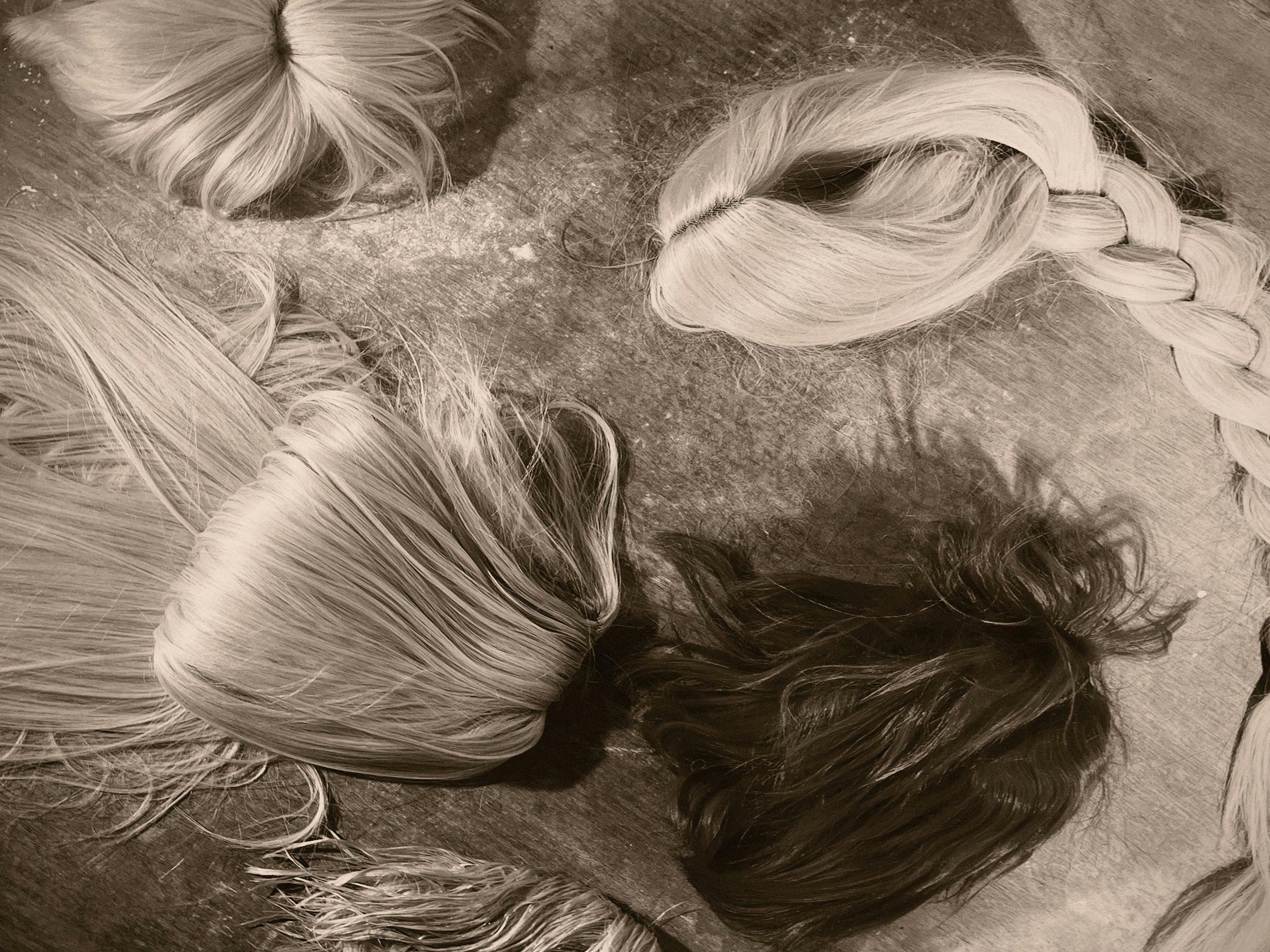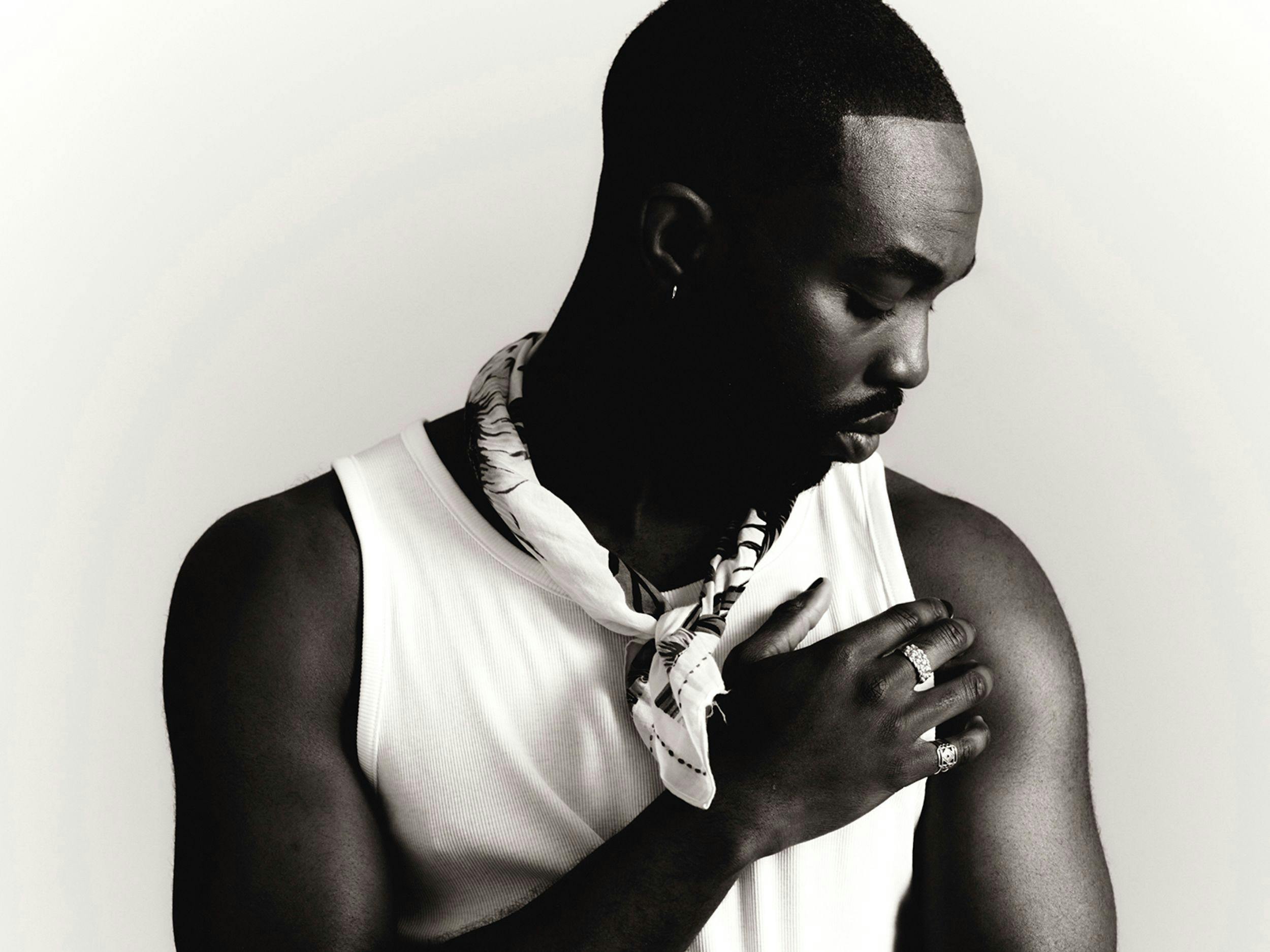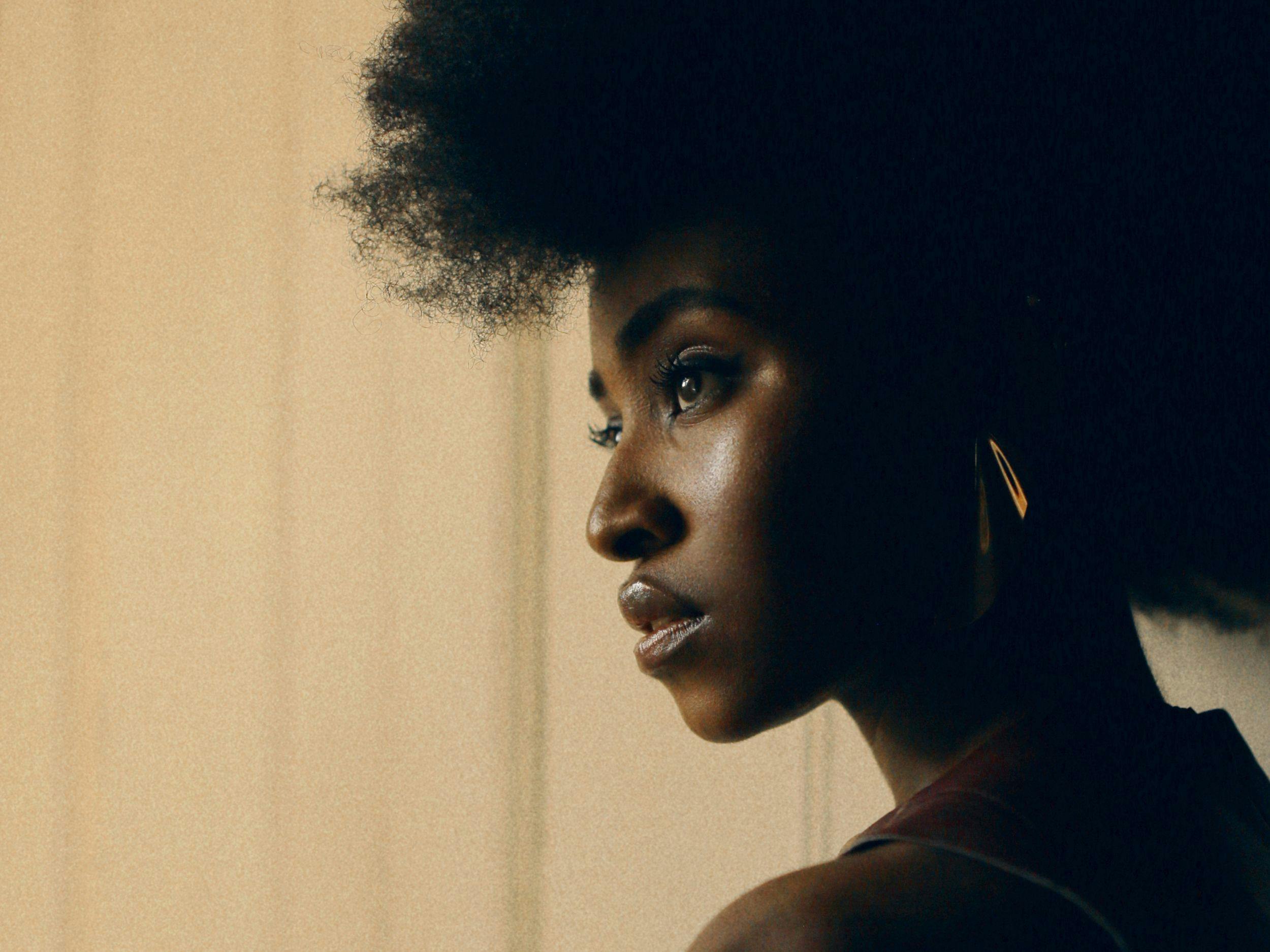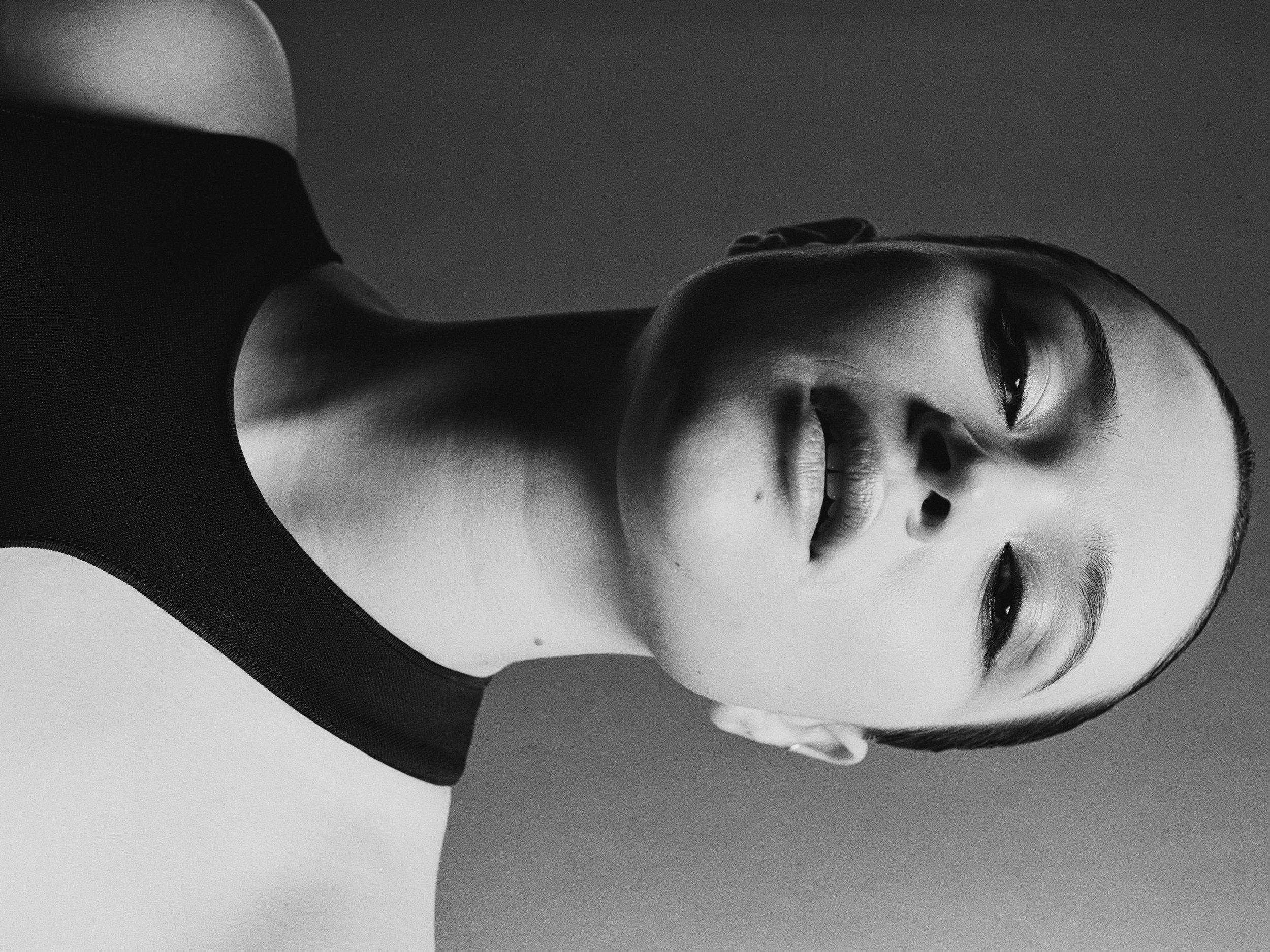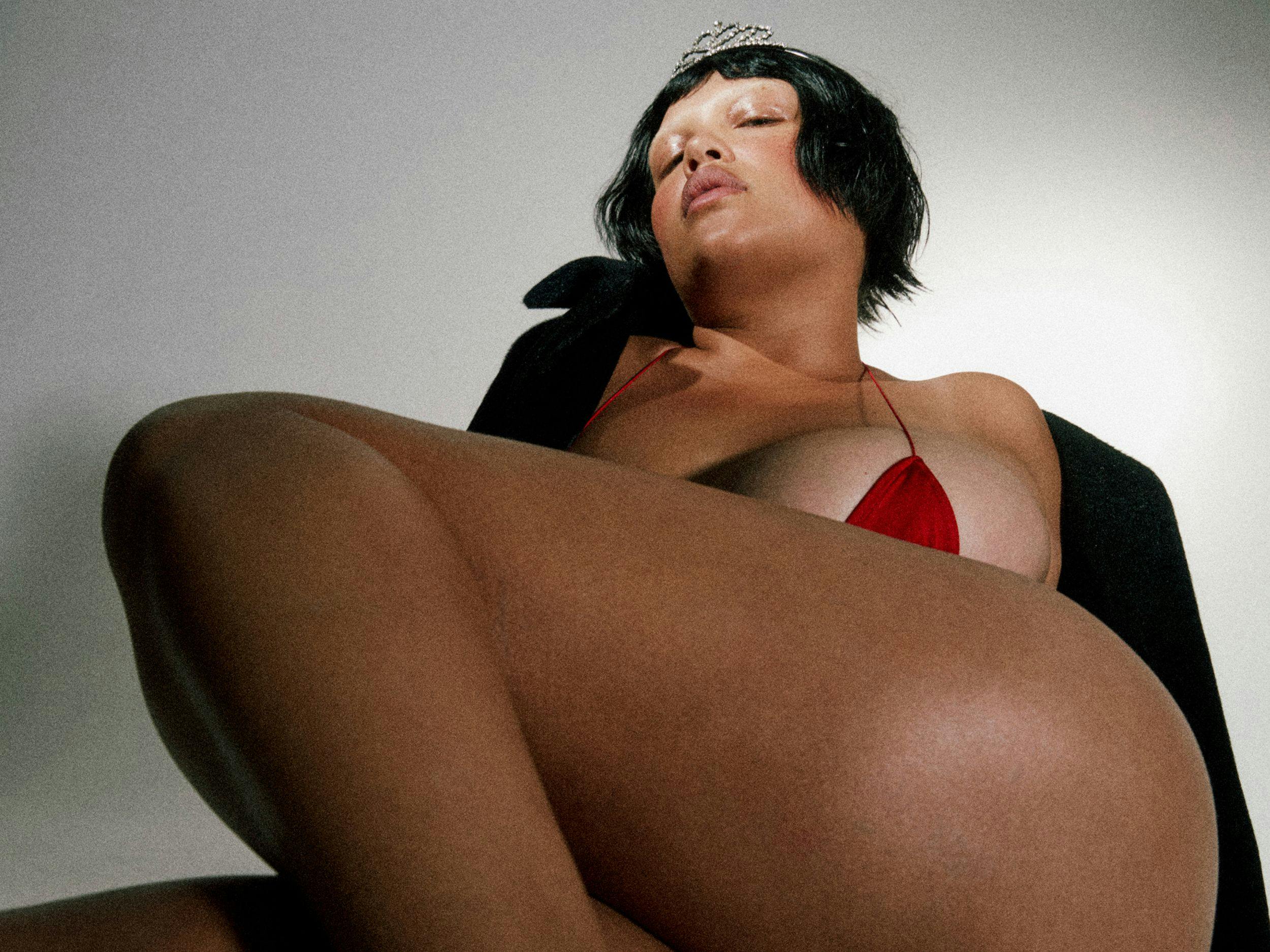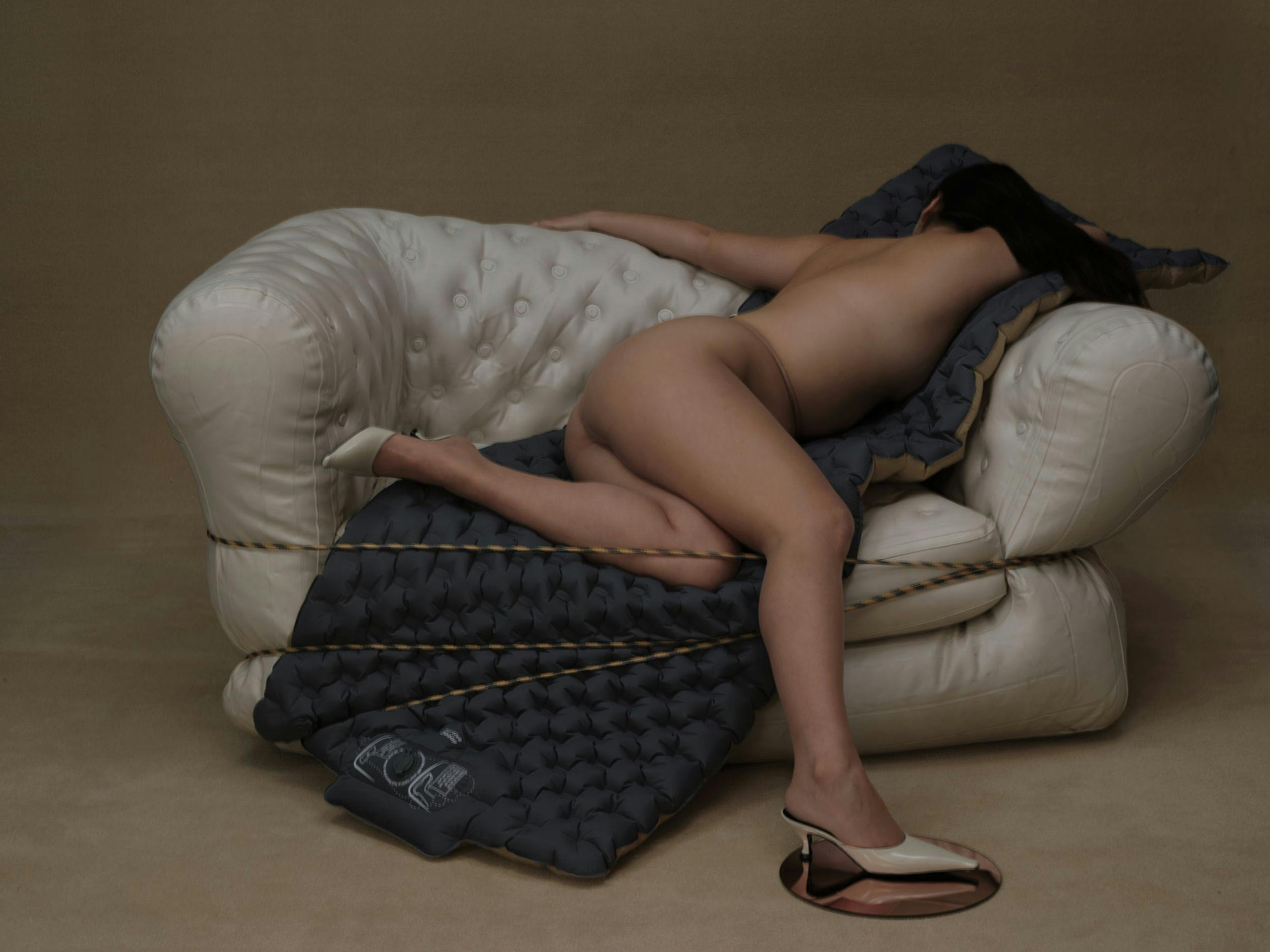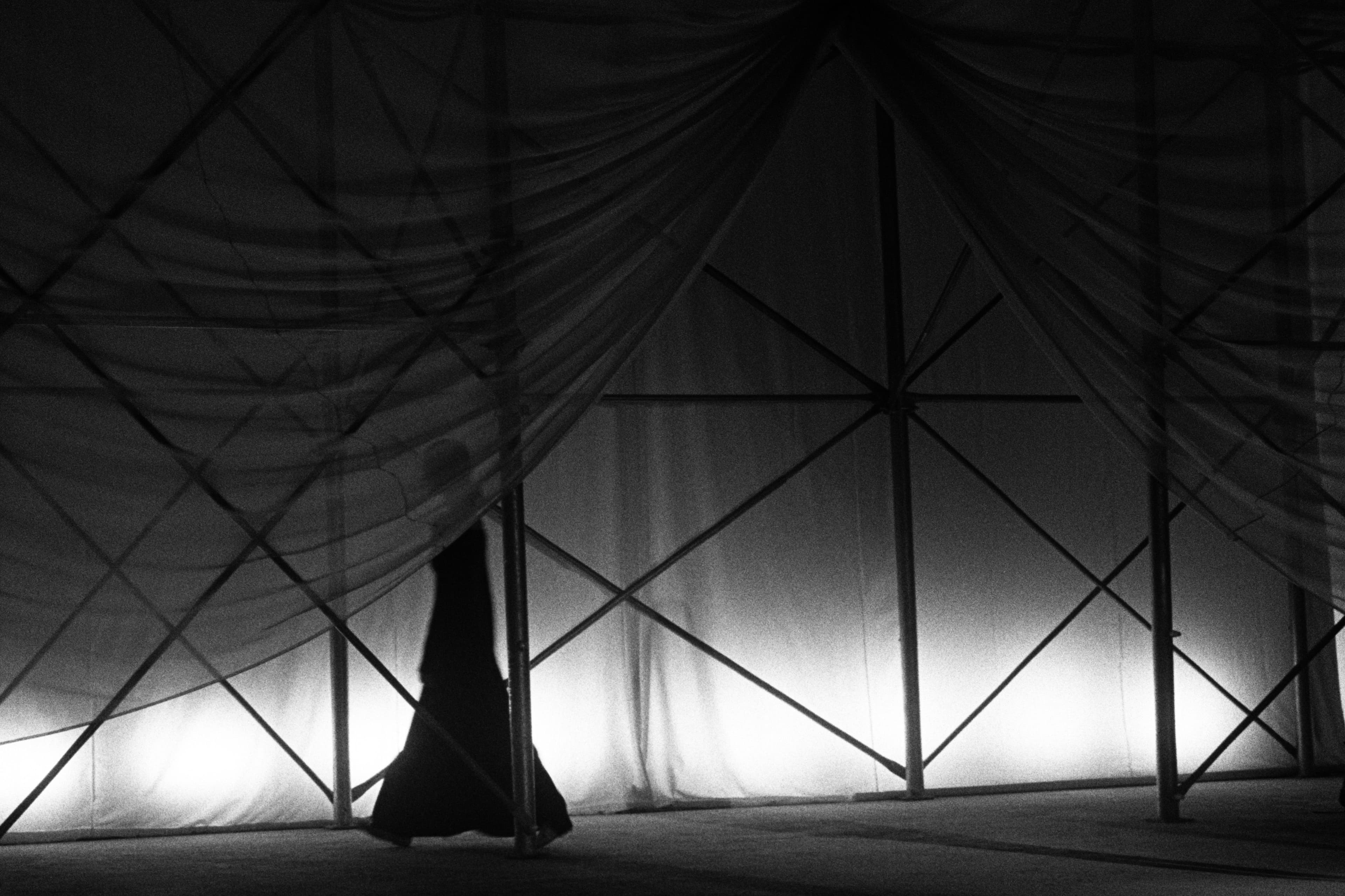
Phillip Lim Celebrates His Community on the Runway
Phillip Lim launched his fashion label 3.1 Phillip Lim in 2005, at the forefront of what seemed like a wave of Asian-American designers then hitting the New York fashion scene. Though Vera Wang and Anna Sui had become famous nearly twenty years earlier, they were still outliers for an industry that didn’t reflect the wider population.
Lim quickly won accolades and support from both the Council of Fashion Designers of America and Fashion Group International for his sophisticated yet unfussy æsthetic. In 2010, the CFDA awarded all three of its top prizes to Asian-American designers, Jason Wu, Richard Chai, and Alexander Wang; three years later, Lim took home the prize for Accessories Designer of the Year.
Still, Lim acknowledges that for him, at least, mainstream fashion recognition carried only the ghost of acceptance. “There was this really strong unspoken idea of, you know, just keep quiet. You were let into the room because you were passable or neutral,” he says.
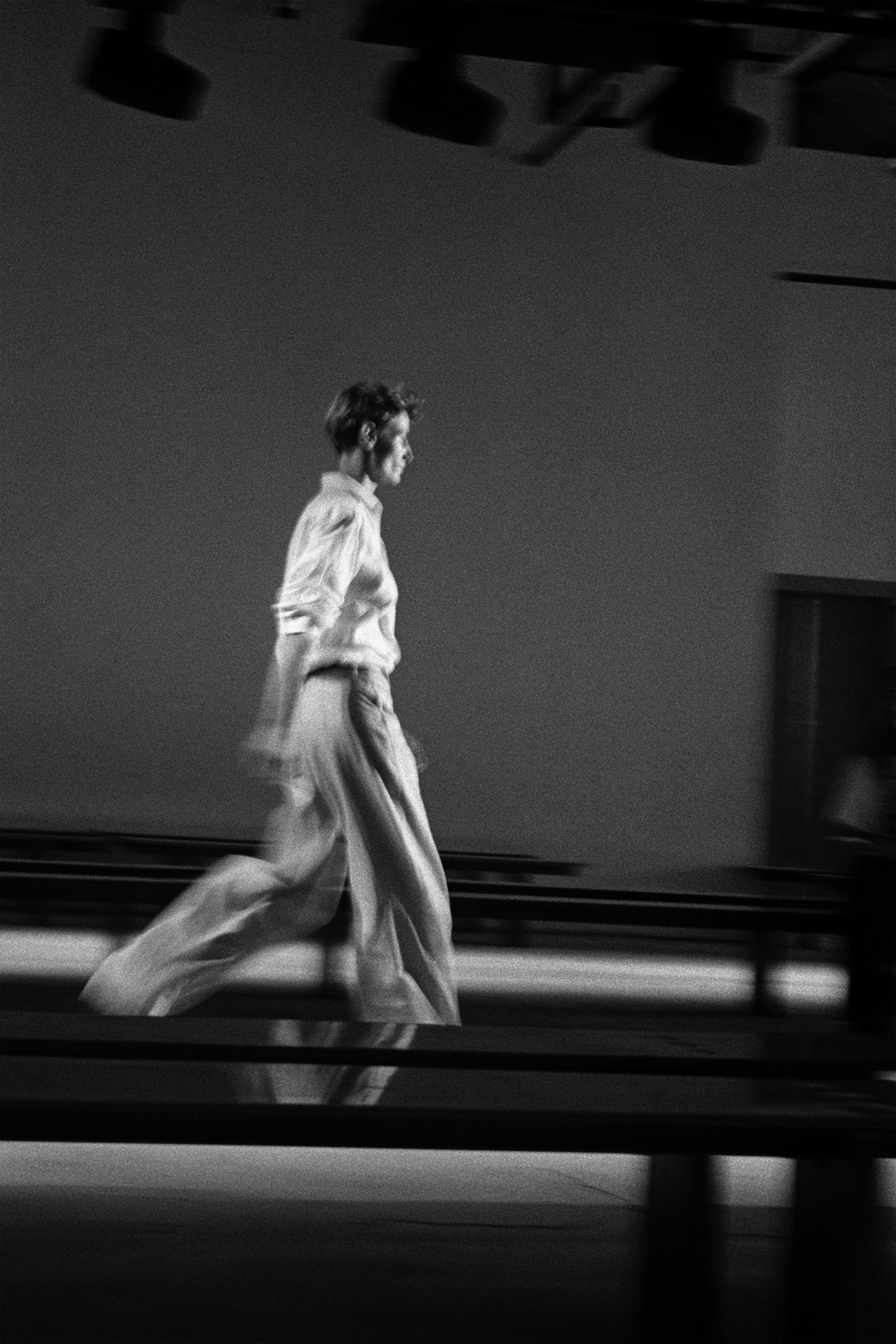
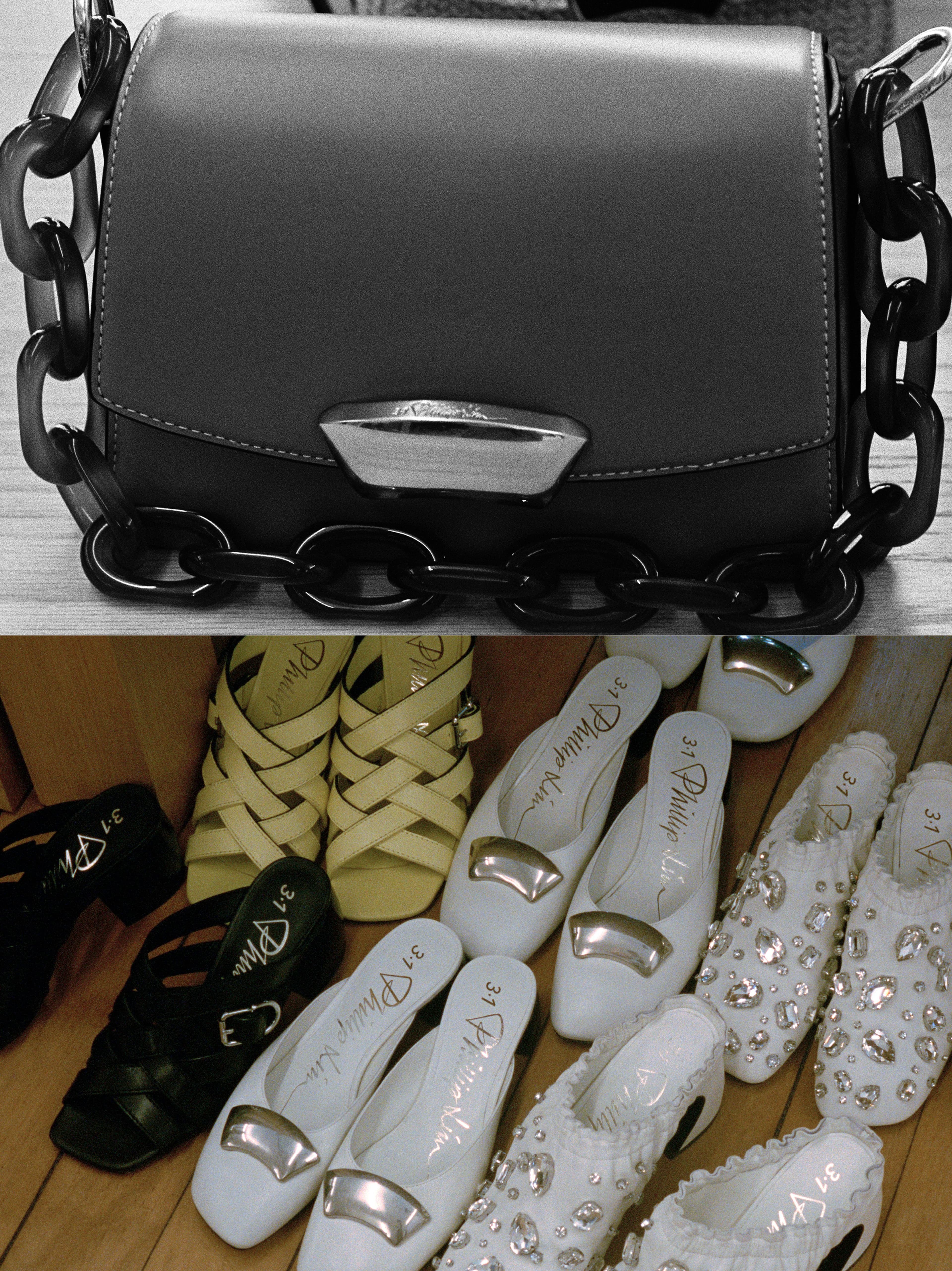
At the age of fifty—he calls himself a “mid-century modernist”—he feels compelled to move beyond that: Ahead of his brand’s upcoming twentieth anniversary, Lim wants to expand the label’s image as an international fashion brand synonymous with New York cool into an Asian-American “fashion brand for change.”
Lim often calls the pandemic the pivotal moment he was “activated.” In 2020, as hate crimes against Asian-Americans rose by nearly one hundred and fifty percent, he founded the #StopAsianHate GoFundMe. The fund has raised over seven million dollars to date, which has been donated to grassroots AANHPI organizations that range from legal defense and education funds to community centers, film festivals, and queer and trans support networks. In 2021, Lim and his business partner Wen Zhou founded the Taste of Asia food festival and the Eat More, Share More, Love More Fund to shed light on food insecurity. That year, he also joined forces with Prabal Gurung, Laura Kim, Tina Leung, and Ezra William to launch House of Slay, a comic series where the five become dazzling superhero versions of themselves, fighting to make room for underrepresented voices. Lim, whose surname in Chinese (林) means forest, chose the ability to form a protective shield as his superpower, inspired by the ways trees shroud and protect their ecosystems.
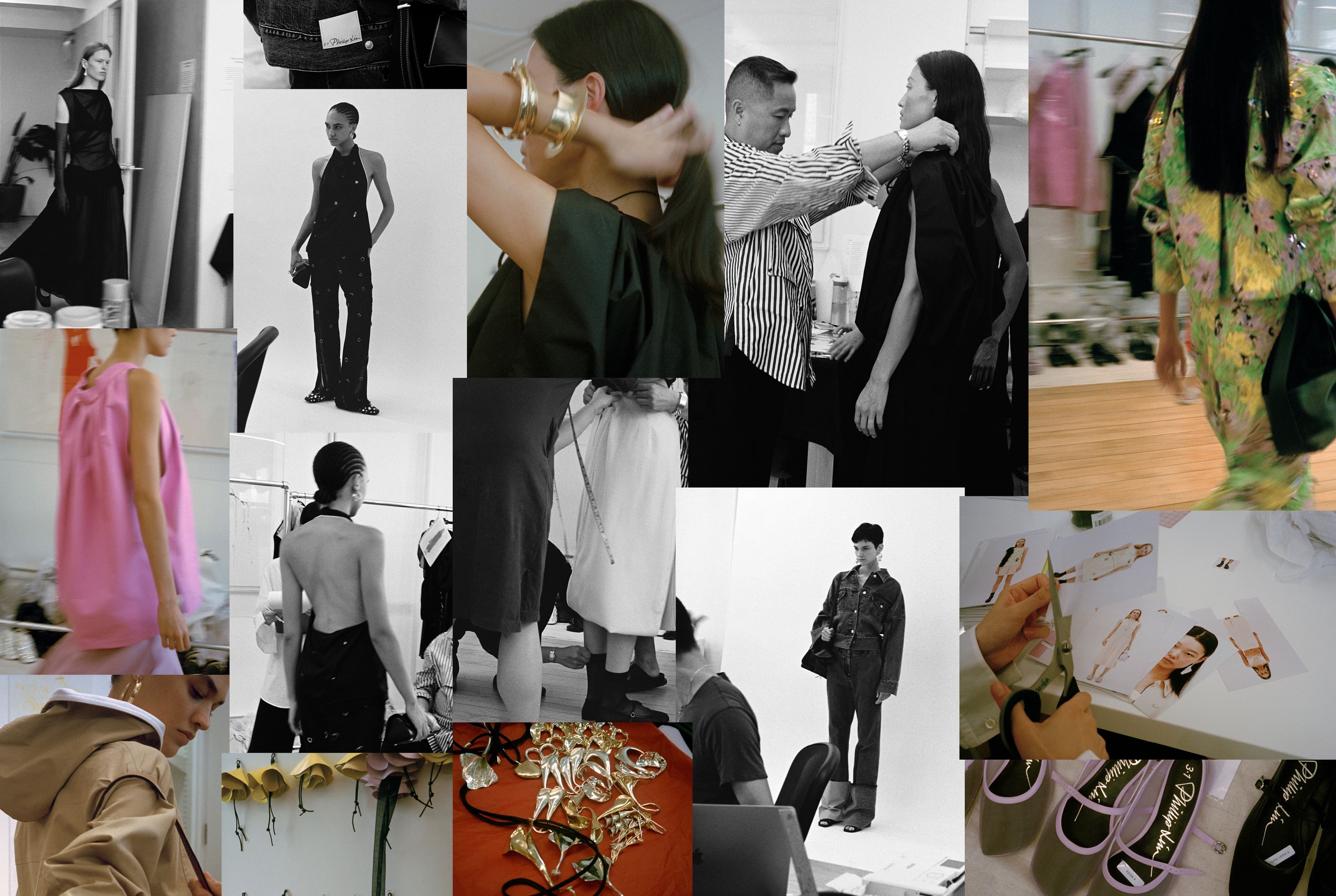
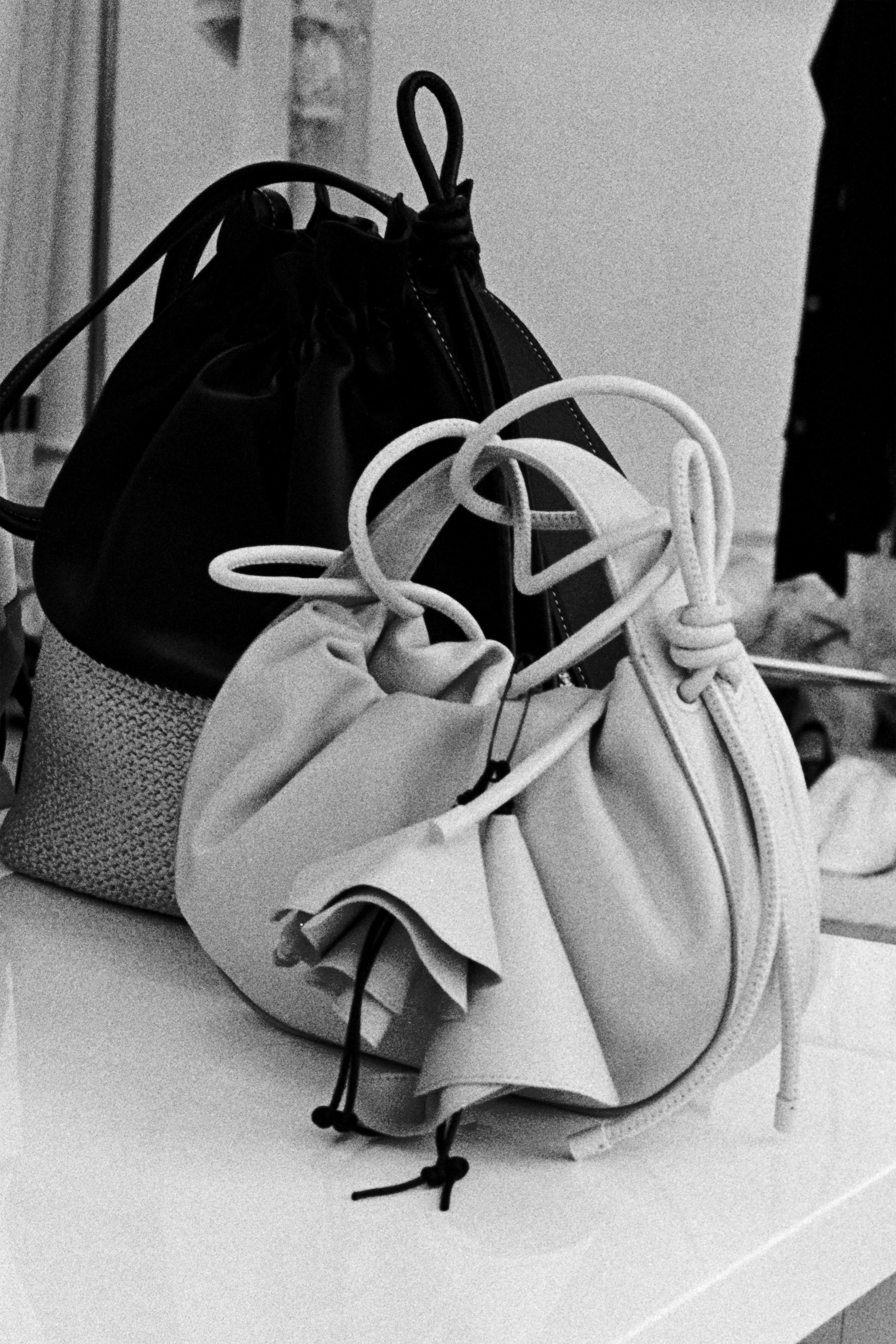
In a way, it reflects his contributions to the community. During the pandemic, Lim moved his studio to New York’s Chinatown to show support and to be a patron of the community that supported him. As a fashion brand, he says, “we create, we produce, we adorn, we reimagine.” He wanted that energy to be part of Chinatown’s fabric at a time when Asian-Americans were being targeted. He also found the immersive experience invigorating. Being there, he says, “it makes you realize not to take for granted what you have but also to [think about] the platform you have looking like a member of the community.” Last September, he made his return to the runway after the pandemic in a cavernous space at the intersection of Bowery and Canal overlooking Confucius Plaza.
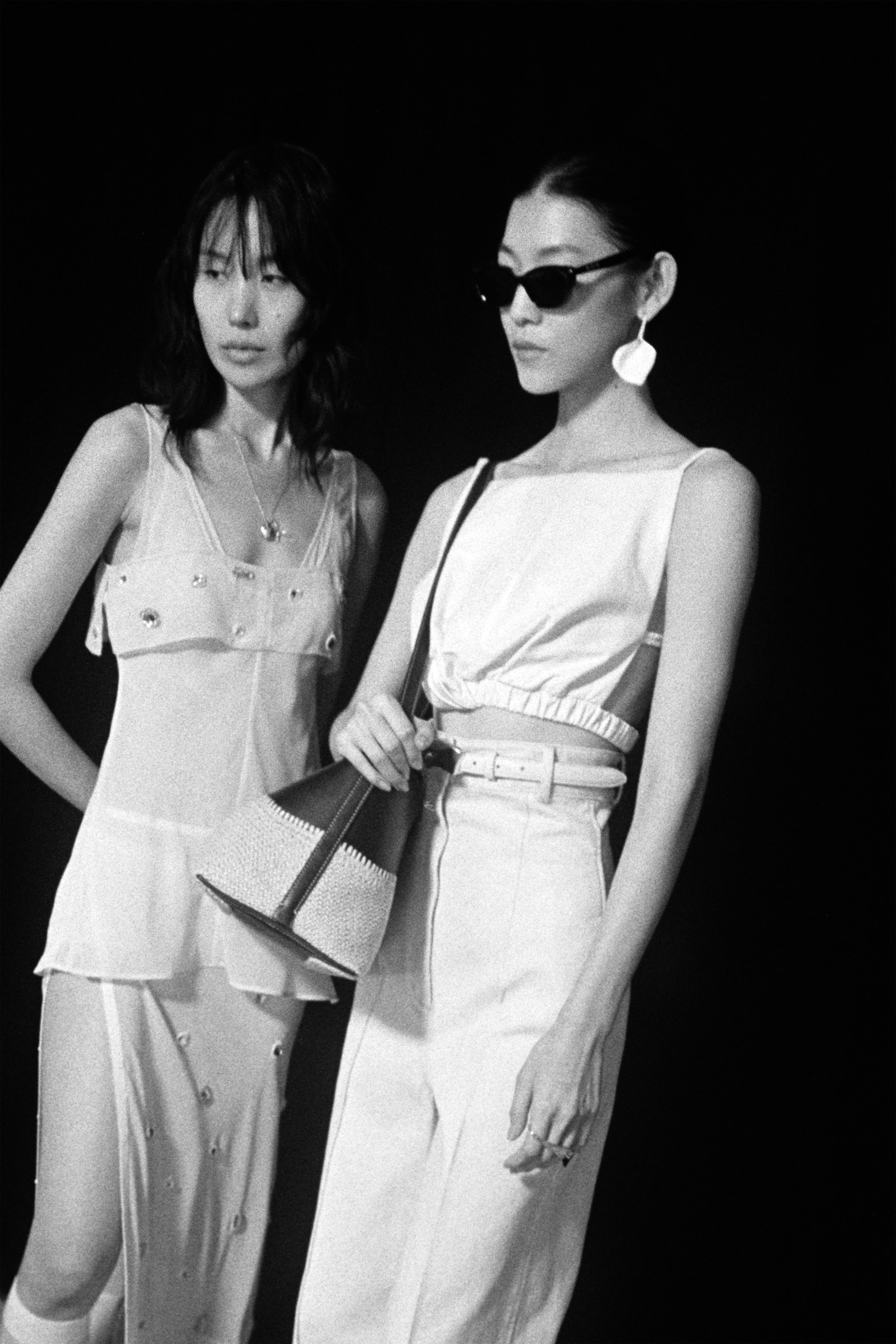
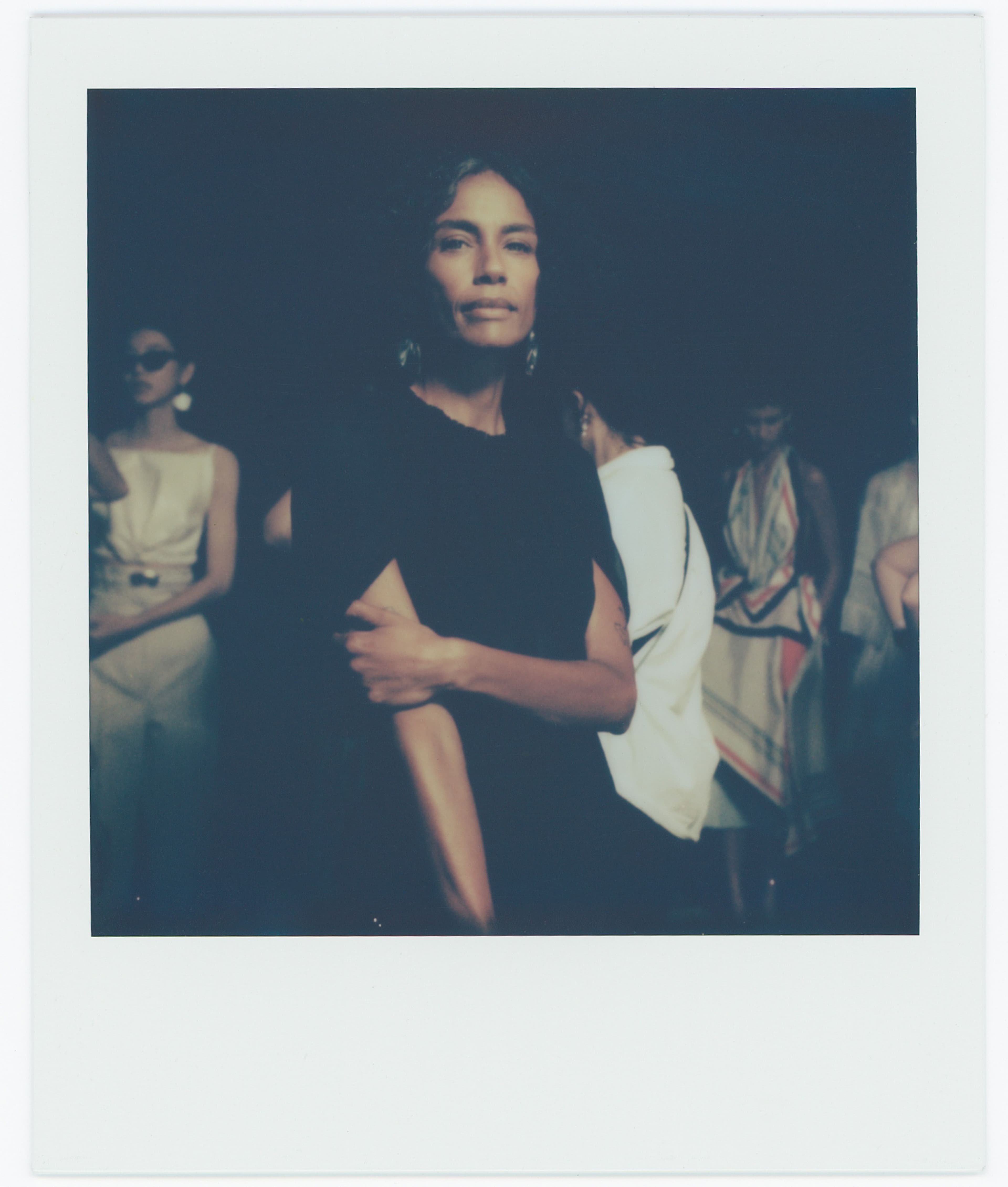
“What I do in fashion is not just about beauty but about shared beauty and shared values,” Lim adds. “How do we make sure that that’s part of the narrative? How do I make sure that when the world speaks about me, it’s connected to Chinatown or the Asian-American or Asian community?”
Though he’s since moved his studio to Union Square because a larger space became available (“I miss being in Chinatown, to be honest with you”), for the moment, he’s continuing to use his platform. His latest project is Creating Space, a mental health initiative that specifically explores trauma, stigma, and healing within AANHPI communities. Group sessions are led by psychologist Dr. Jenny Tzu-Mei Wang and hosted by Lisa Ling. Creating Space “is about exploring different ways of communication and healing the way our ancestors did it,” he says. “It’s also focused on intergenerational healing because that needs to be addressed—we’re all linked together.” In celebration of AAPI Heritage Month, his store on Great Jones Street is currently hosting “Crafting Selfhood,” a group exhibition featuring the work of thirteen Asian-American, female-identifying artists.
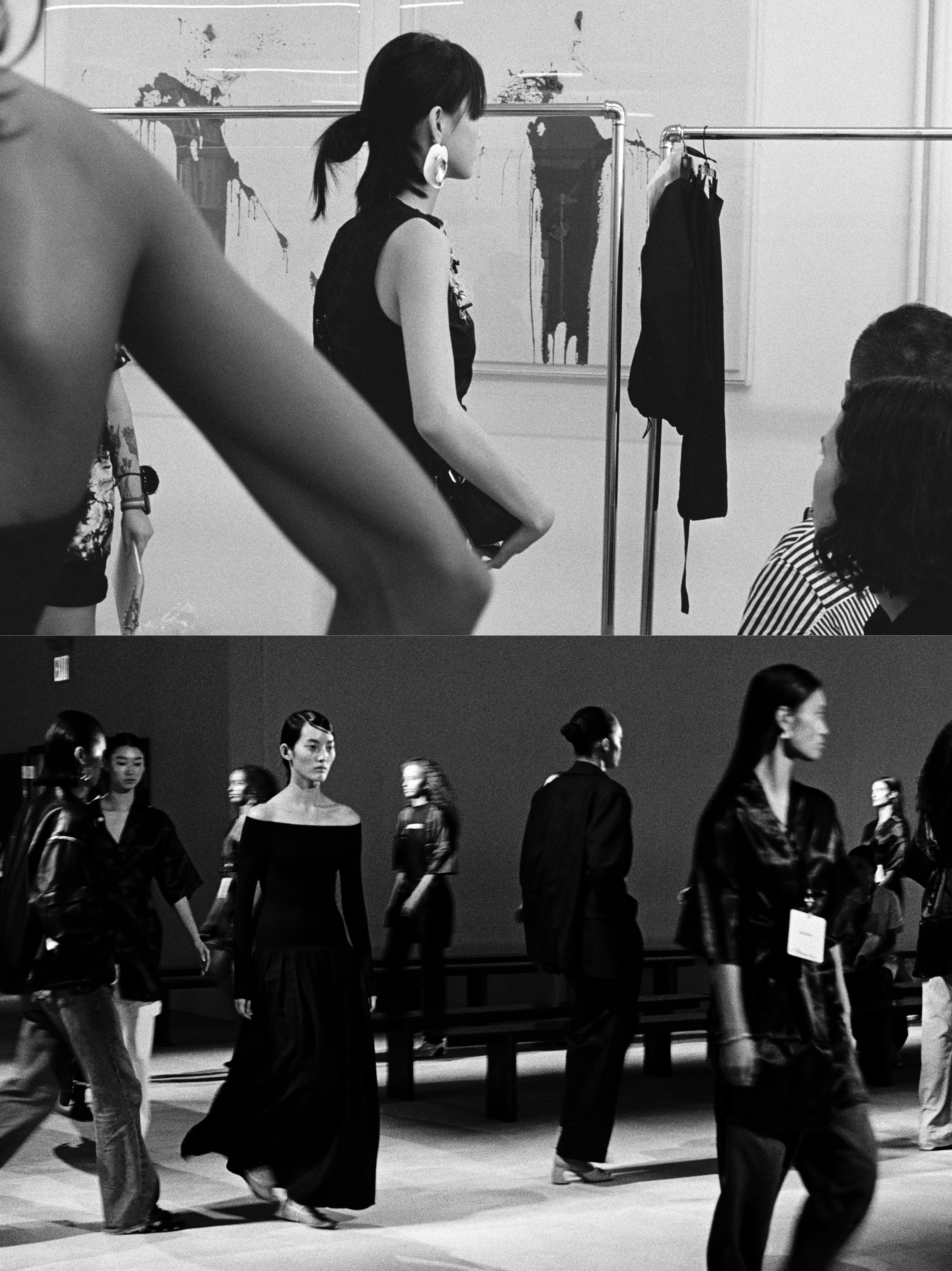
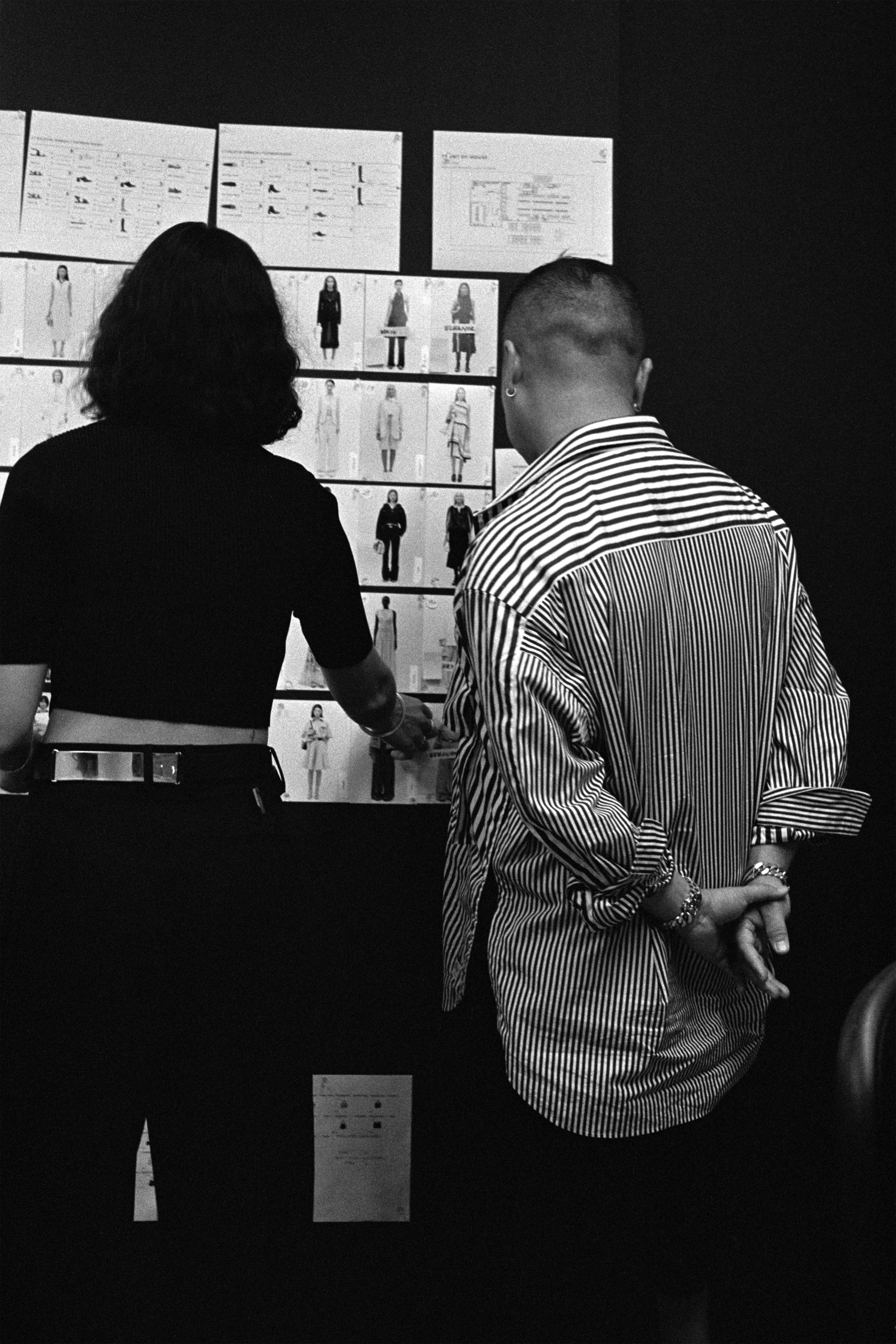
Part of what makes Lim’s efforts so refreshing is that they are not only focused on increasing representation but on genuinely widening the scope of what it means to be Asian-American. He worries that more Asian-American success in one field does not always translate across all fields. “It’s like our ‘moment’ seems to move from one industry to another, never just building upon each other,” he says, pointing out that despite the mainstream success of Asian-American films of late, as recently as the year before last, there were no Asian-American fashion designer finalists at the CFDA Awards. “We’re not in positions of being [regularly] considered for creative director roles on the big international scene. We’re still a handful of independent brands pushing the narrative forward.”
It’s why he dabbles in so many spheres; after all, the more space one takes up, the harder it is to push one out—and the easier it is to make room for others. “Cross-categorize yourself. Be more than one thing,” he says. “Claim it; be bold about it—and when you’re in it, include other people from the community into it. It’s important that we build these types of bridges.”
“Crafting Selfhood” is on view through tomorrow at 3.1 Phillip Lim, 48 Great Jones Street, New York. Read this story and many more in print by ordering our seventh issue here.
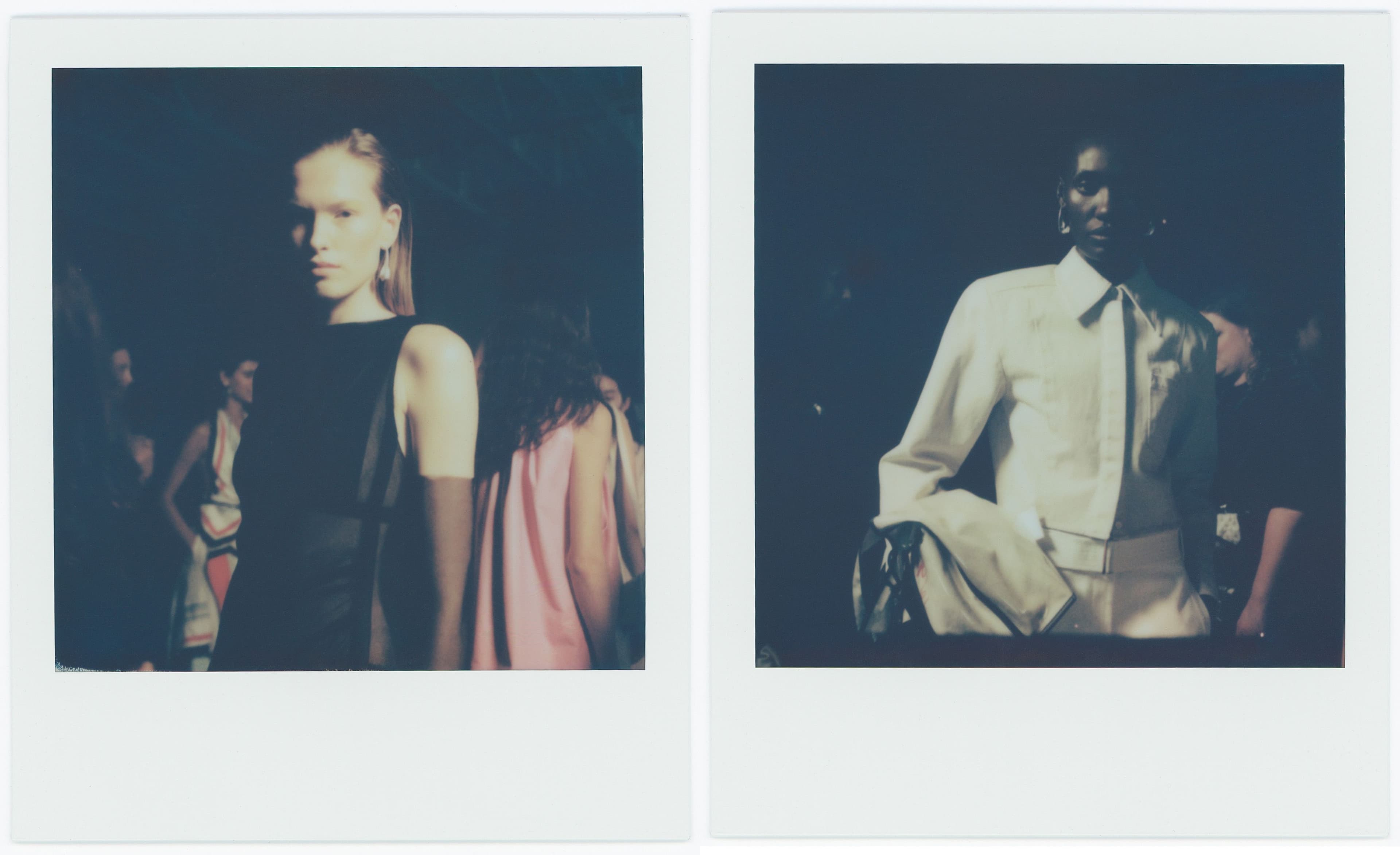
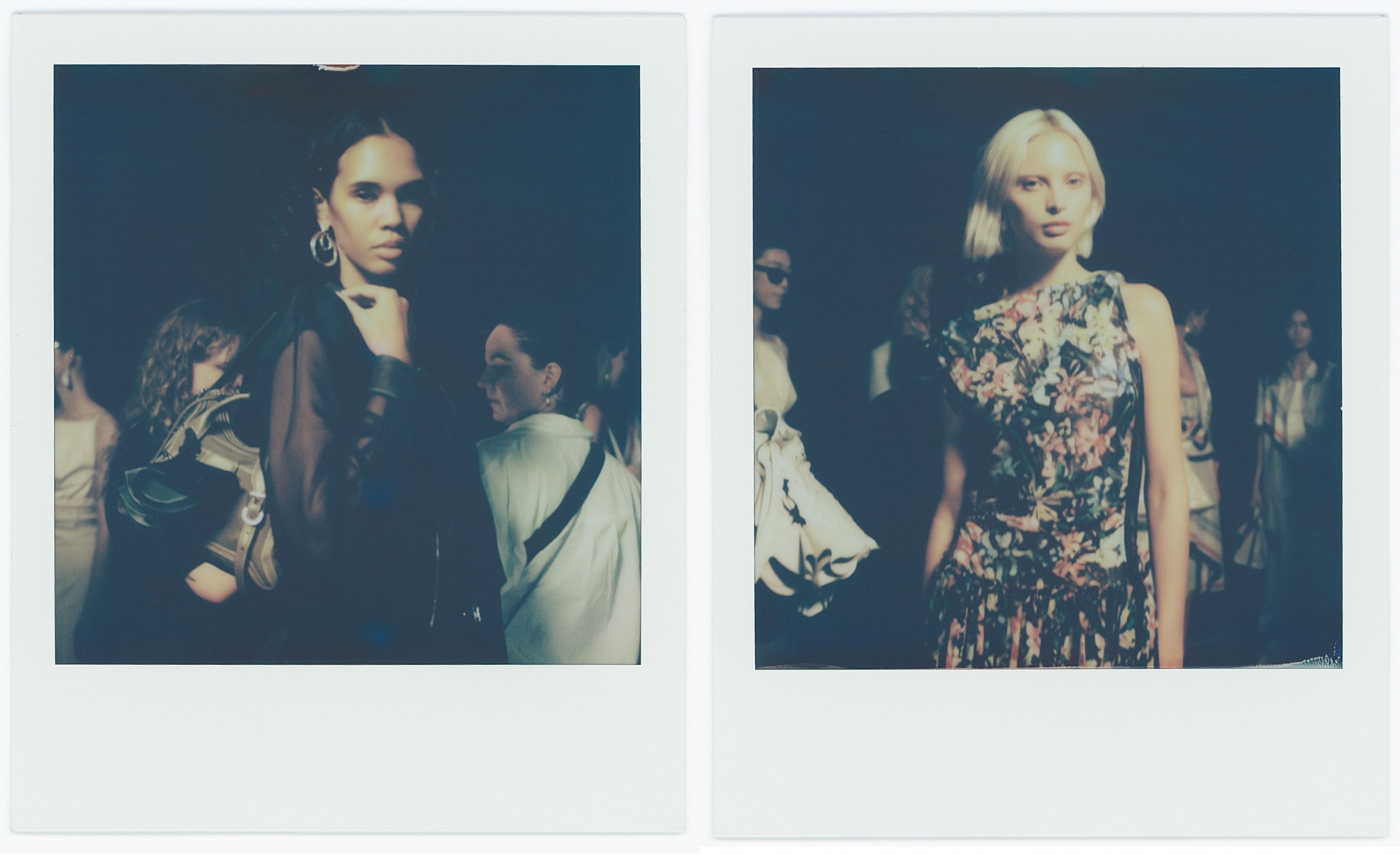
As a nonprofit arts and culture publication dedicated to educating, inspiring, and uplifting creatives, Cero Magazine depends on your donations to create stories like these. Please support our work here.
